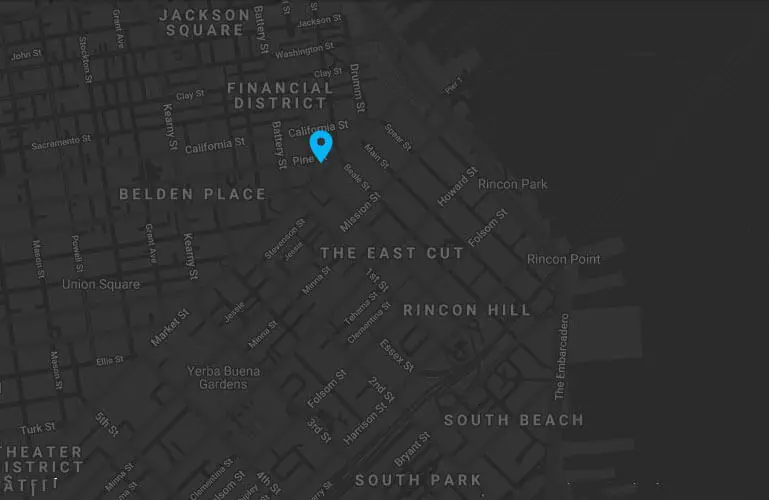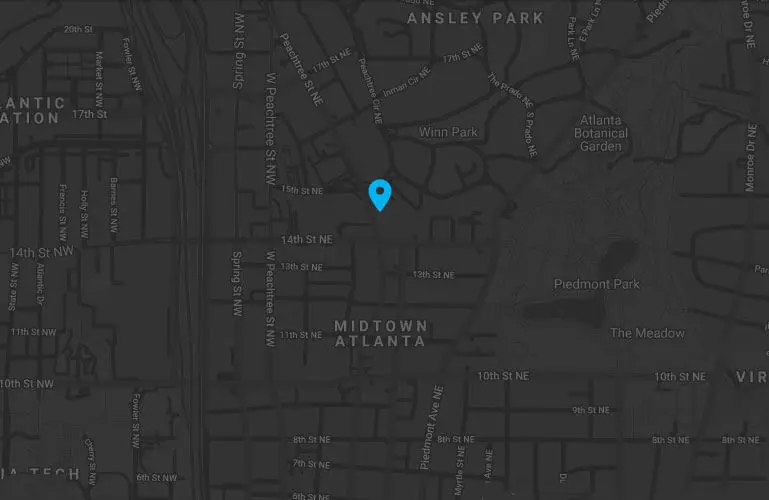Why WCAG Compliance Matters for Nonprofits: Bridging the Digital Divide
In today’s digital age, a well-designed website is a cornerstone for any non-profit organization. It’s the platform you use to spread awareness about your cause, connect with potential donors and volunteers, and ultimately, fulfill your mission. But what if a significant portion of your target audience can’t access your website because of disabilities? This is where WCAG compliance comes in.
What is WCAG?
WCAG stands for Web Content Accessibility Guidelines. Developed by the World Wide Web Consortium (W3C), WCAG is a set of internationally recognized standards that ensure websites are accessible to people with disabilities. These guidelines cover a wide range of accessibility needs, including:
- Visual Impairments: WCAG ensures users with low vision or blindness can perceive content through screen readers and other assistive technologies.
- Hearing Impairments: Closed captions and transcripts for audio content are crucial for users with hearing impairments.
- Cognitive and Learning Disabilities: Clear and concise language, predictable layouts, and keyboard navigation are essential for users with cognitive or learning disabilities.
There are three levels of WCAG compliance: A, AA, and AAA. While Level A is the minimum, most organizations strive for Level AA, which provides a comprehensive level of accessibility for a wider range of disabilities.
Why WCAG Compliance Matters for Nonprofits
There are several compelling reasons why WCAG compliance should be a priority for non-profit organizations:
- Inclusion and Equity: Your mission is likely centered around helping others. Shouldn’t that include making your resources accessible to everyone, regardless of ability? WCAG compliance ensures your website doesn’t inadvertently exclude people with disabilities from the information and support you offer.
- Legal Considerations: While the legal landscape around website accessibility for non-profits remains somewhat ambiguous, the Americans with Disabilities Act (ADA) has been interpreted to cover websites in some cases. WCAG compliance can help demonstrate your organization’s commitment to reasonable accommodation under the ADA.
- Reaching a Wider Audience: People with disabilities represent a significant portion of the population. By making your website accessible, you can expand your reach and connect with a broader audience who might benefit from your cause.
- Improved User Experience: Many WCAG guidelines, like clear language and logical navigation, benefit all users, not just those with disabilities. A well-designed, accessible website creates a positive user experience for everyone who visits your site.
- Enhanced SEO: Search engines like Google consider website accessibility when ranking search results. A WCAG-compliant website may enjoy better search engine optimization (SEO), making it easier for potential donors and volunteers to find you online.
- Reduced Costs: While there may be initial costs associated with making your website WCAG compliant, these are likely to be outweighed by the long-term benefits. Proactive accessibility reduces the risk of lawsuits and can save you money on website redesign later.
Getting Started with WCAG Compliance
Making your non-profit website WCAG compliant may seem daunting, but there are resources available to help you get started. Here are some steps you can take:
- Self-Evaluation: Several online tools can help you evaluate your website’s current level of accessibility. These tools can identify areas that need improvement and point you towards specific WCAG guidelines.
- Prioritize: Focus on the most critical WCAG requirements first. This might include things like providing alt text for images, ensuring proper keyboard navigation, and using clear and concise language.
- Seek Help: There are many web development agencies and consultants who specialize in website accessibility. They can guide you through the WCAG compliance process and make the necessary adjustments to your website.
- Ongoing Commitment: Accessibility is not a one-time fix. As your website content and functionality evolve, it’s important to maintain your commitment to WCAG compliance.
Conclusion
WCAG compliance is not just about meeting legal requirements; it’s about aligning your organization’s values with a commitment to inclusivity and accessibility. By creating a website that everyone can access, you can ensure your message reaches a wider audience, fulfill your mission more effectively, and ultimately, make a bigger difference in the world.


